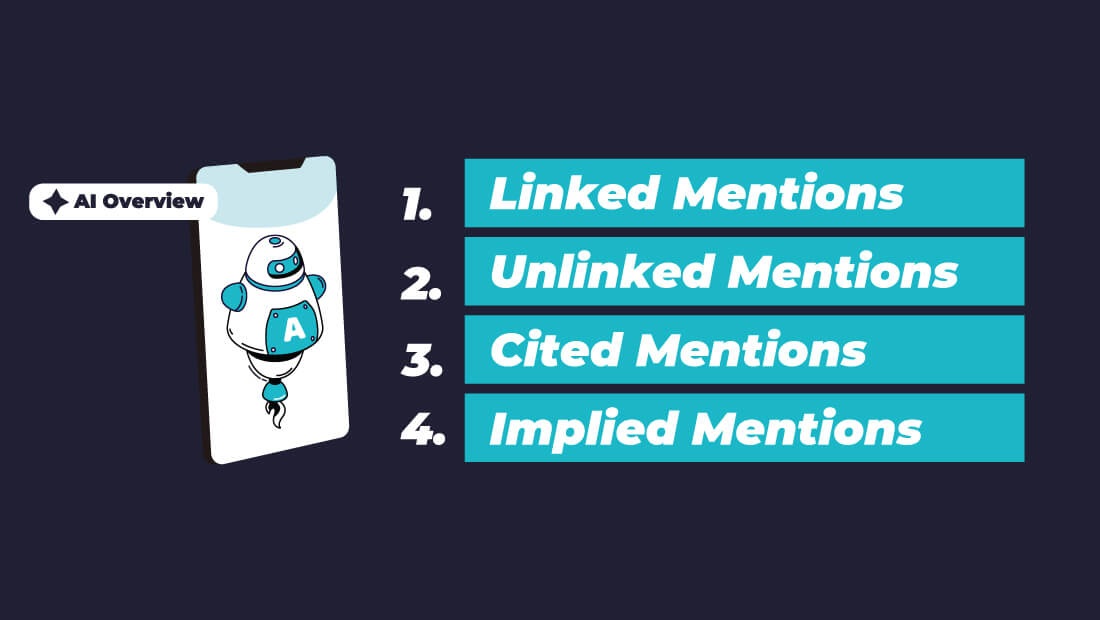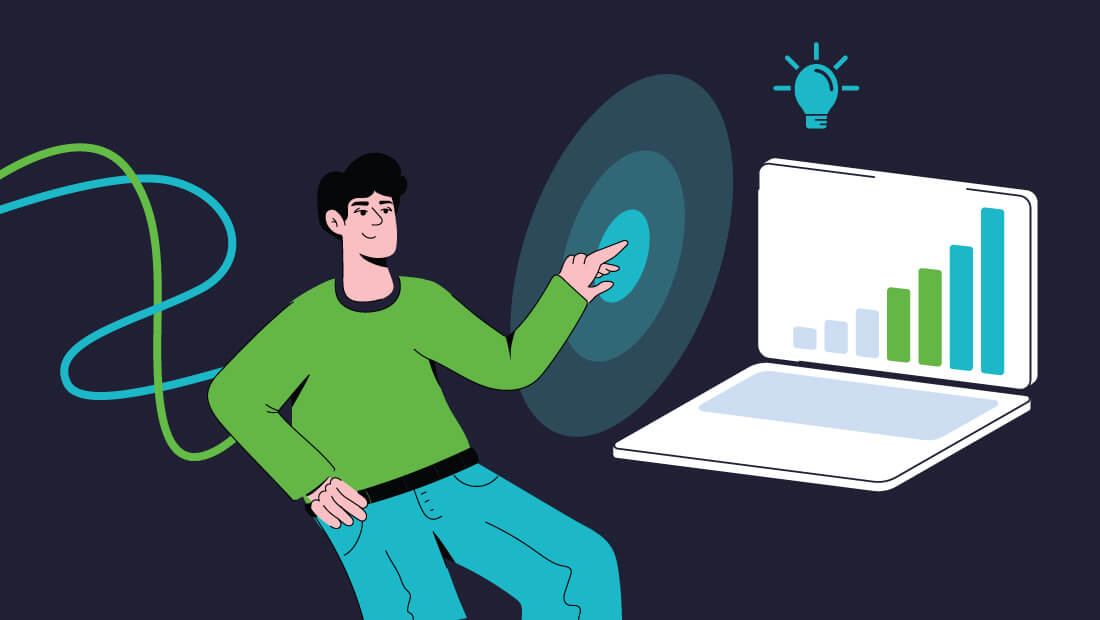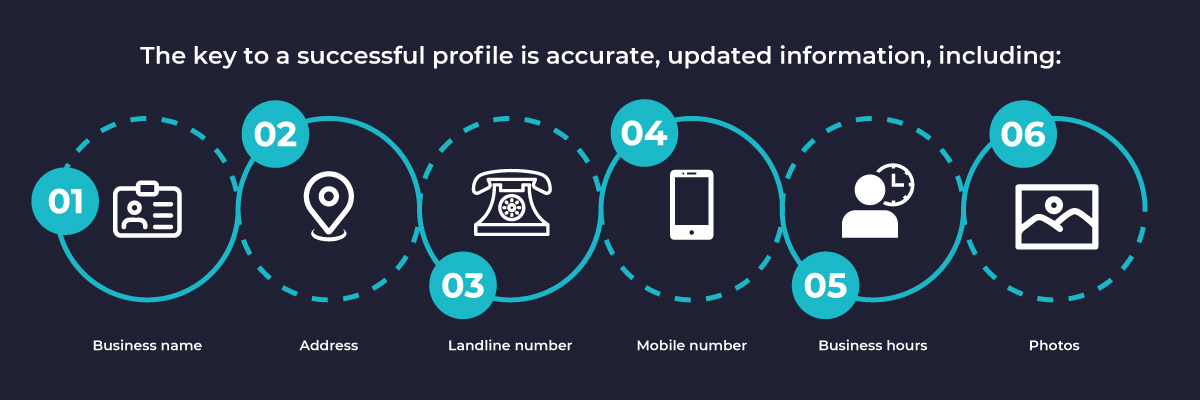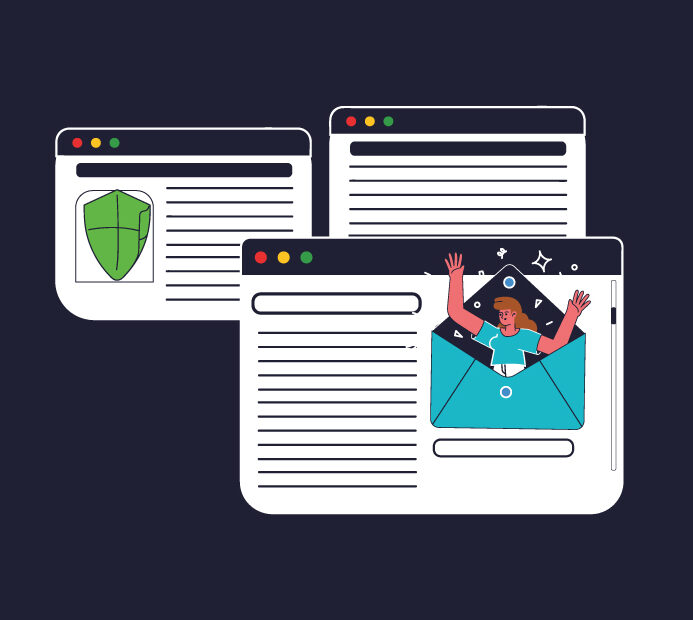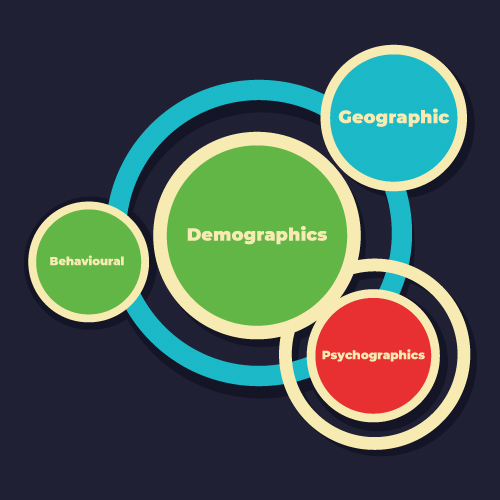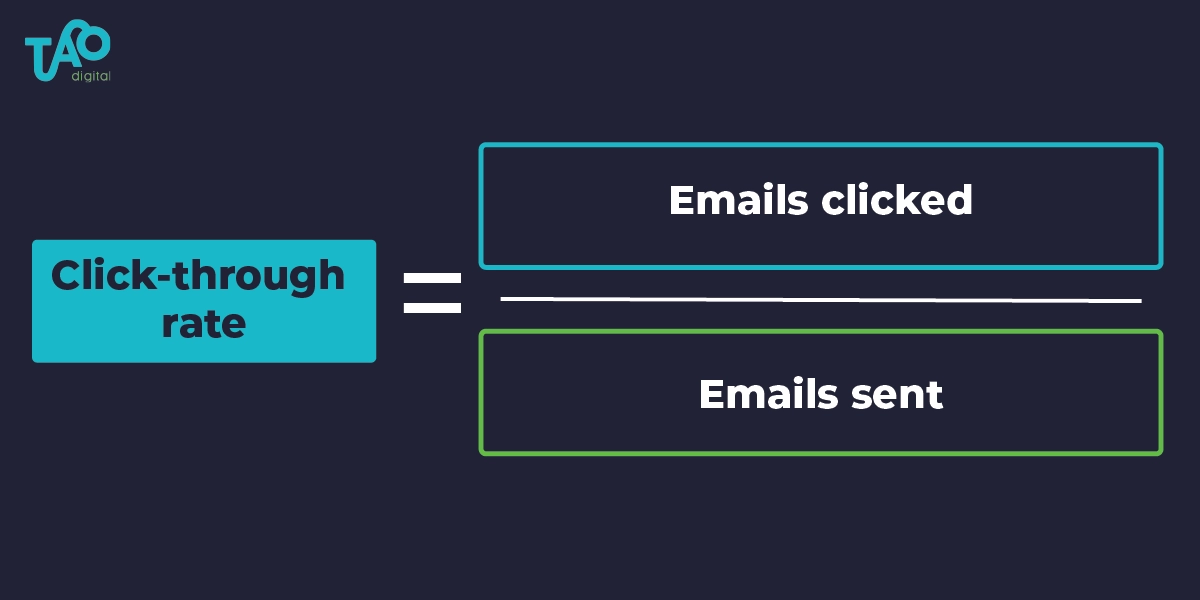16/12/2025
Matt Tomkin
A Basic Guide to How AI Affects Your Business in Search

AI-powered search, including new search engines, platforms and AI features incorporated into existing platforms, is giving businesses a fright. It’s fair to say AI has taken the world by storm, with 78% of businesses claiming to have incorporated AI into at least one business function.
With the rise of zero-click searches and more people opting for platforms like ChatGPT to conduct searches, where does this leave firms in their digital marketing efforts?
In this guide, we’ll discuss what AI search engines are and how they’re going to affect your business in an SEO context.
Latest updates in AI and search
AI in search results is entirely mainstream now, with a study last December revealing that AI overviews appeared in 47% of all search results, taking up 48% of mobile screen space.
But what else are we seeing from AI and search?
Little of this should come as a surprise, as users have generally reported positive search experiences with the coming of AI. Despite businesses fearing the worst, 85.7% of businesses are investing in AI SEO, with 61.2% planning to spend even more on SEO.
In short, companies aren’t going to stand still, and you shouldn’t either.
Understanding what AI search really means
AI search differs from traditional search in several ways. Rather than relying on keyword-matched lists, it uses natural language processing and machine learning to incorporate context and intent into the equation. These technologies allow AI searches to generate synthesised answers that better match what the searcher was looking for.
In other words, it uses semantic understanding to grasp the meaning and context behind the words. Additionally, many AI search platforms use vector embeddings to determine relevance based on the similarity between concepts.
AI search is big business, having grown by 55 million users from July to August 2025, to a total of 743 million users, per a Wix study. Despite the big numbers in play here, the fact remains that traditional search continues to dominate.
Here’s a breakdown of the top AI search platforms and their current monthly active users, as determined by Wix:

Other AI platforms, including Claude and DeepSeek, have far smaller user bases and make up a fraction of the overall AI search market, which ChatGPT dominates.
Should you worry?
Although AI search has demonstrated high growth rates, Google alone clocks up 3.25 billion unique visitors, meaning there’s over four Google users for every one user of all major AI search platforms combined. These numbers should demonstrate that there’s no chance of traditional search disappearing anytime in the near future.
What factors influence AI results?
AI search results are influenced by many of the same factors as traditional search. If you’re already getting the SEO basics right, you’re most of the way towards optimising successfully for AI search.
Primarily, AI search results are influenced by:
· Content quality
· Brand authority
· Topical depth
· Content structure
· User intent
· Structured data
· Technical aspects, including schema markup
How AI search engines will impact your business
You’ve likely already seen the reports on organic traffic drops since the arrival of AI search, including Google’s own AI Overviews. According to one study, AI Overviews can cause a 15-64% drop in organic traffic, depending on your industry.
It’s most certainly not something you can ignore. Likewise, AI search engines haven’t killed SEO, either, but they have forced a dramatic shift in the landscape.
Content must focus on intent over simply stuffing the correct keywords in, because intent is what AI prioritises. The focus must be on expertise and providing the in-depth insights that AI search struggles to replicate by itself. As long as it fits the needs of the user and incorporates comprehensive coverage, you’ll continue to succeed in the era of AI search.
AI search functions differently, but the old principle of producing valuable, unique content that provides real value for your target audience continues to take centre stage. The difference now is that AI is enforcing it more vigorously, and businesses that cannot do that will drop away.
Ensuring your business appears in AI search results
Getting your business into AI search results relies on tailoring your content to be picked up by these platforms, including Google’s AI Overviews. But what does it mean to optimise content for AI?
Follow these three principles:
Of course, other aspects go into succeeding with AI search. In particular, you must implement schema markup to help AI understand both your content and its context. The same applies to technical SEO factors, including XML sitemaps, to streamline how your website is crawled.
Should your business be optimising for AI search?
SEO isn’t dead, but it has changed. AI search doesn’t spell the end of the likes of Google, but AI search isn’t going away either. The reality is that all businesses must factor AI search optimisation into their digital marketing plans.
Consumers' behaviour is changing, and more and more people are using AI search tools. Even those that aren’t are still relying on Google’s AI Overviews for answers to their queries. Ultimately, you’re giving your rivals a competitive advantage if you’re not thinking about AI search.
At Tao Digital Marketing, we understand that you may not have the time or expertise to pivot your SEO strategy. That’s why our AI search experts are here to support your company as it adapts to the next frontier of search. To learn more about what our AI search experts can do for you, contact us today.

